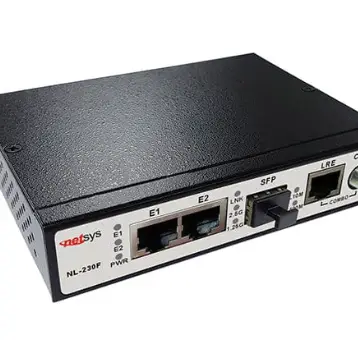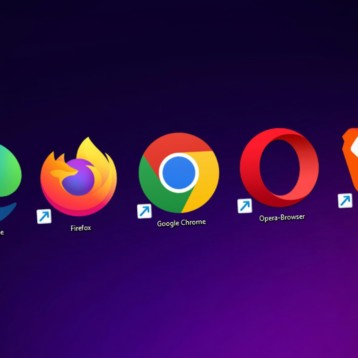
The UK is currently upgrading all Internet access in the country to fiber optic broadband.
While this nationwide upgrade is running smoothly, there are newer technologies that may become available as it finishes.
Here are 4 ways that are currently being tested to provide everyone with faster, more reliable Internet access.
1. Utilizing the London Underground
Sadiq Khan, the mayor of London, has announced that he plans to use the tunnels to provide fiber optic broadband to the entire city. London may be the UK’s capital city but fiber-optic Internet access is only available to 11% of existing properties. Everyone else is still making do with copper cables.
In his announcement, the mayor said that fiber optic cables laid throughout the TFL tunnels will create a “fiber backbone” across London. This will then be used to cover the cost of connecting public buildings like libraries to the fiber optic network.
After this work is completed, providers like Virgin will be able to extend the fiber optic connections from public buildings to homes and businesses for a reduced cost.
This project will cost £10 million and will substantially increase connectivity to over 118,000 premises in South London. With these plans, Sadiq Khan announced that London’s Internet infrastructure will be built on fiber. He understands that high-speed connections are essential for both businesses and homes and is working to make universal access a reality.
2. Microsoft Plans to Take Advantage of Unused TV Frequencies
Microsoft is looking for ways to improve Internet access for rural areas and remote communities across the United States.
There are unused frequencies that exist between the signal of television channels. These are known as TV White Spaces. Other wireless devices already take advantage of these White spaces, they just need to ensure they do not cause interference with other licensed users.
These signals are capable of traveling long distances without interference from natural or man-made structures or materials. Network providers can use this property to offer fast, reliable broadband to rural communities allowing the residents to compare broadband packages and make more informed decisions.
3. Elon Musk’s Starlink project
Elon Musk is dreaming bigger than any particular city or country. He wants to build a system that is capable of providing high-speed broadband anywhere in the world. SpaceX may be primarily dedicated to putting people on Mars but it is also working to grant cheap, high-speed Internet to communities on a global scale.
Musk plans to have thousands of satellites in orbit around the planet as part of a project called Starlink. If he succeeds, this will fundamentally alter the way we think about broadband. There are currently 60 satellites in orbit beaming broadband as part of a small-scale demo.
Currently, Elon Musks house and a few other locations like the cockpits of some Air Force jets are linked to the network. However, by 2020 there will be 24 dedicated Starlink launches each of which will carry 60 satellites. This means that residents of the United States may be adding Starlink to the packages on offer when they compare broadband deals as early as next year.
4. 5G Signals Broadcast by Automated Drone
Drones benefit from greater widespread 5G access but this does not mean they cannot also provide it.
A researcher named Ricardo Bassoli of DISI has released a paper explaining how drones and other unmanned aerial vehicles could be used as part of an effort to provide access to 5G services. The paper explains that drones working in conjunction with Ultra Light aerial Vehicles could grant 5G access to particular areas in as little as 90 minutes.
The immediate benefit is to relief efforts in areas that have been struck by natural disasters and have lost traditional wireless Internet infrastructure. The ability to rapidly set up a communications network could be invaluable in coordinating rescue teams.
The UK may be some distance from some of these new technologies but traditional Internet providers like Virgin are still working to increase broadband speeds at a fantastic rate.







![10 Top Game Sites Not Blocked By School [2024 Updated]](https://thefutureofthings.com/wp-content/uploads/2024/10/image-25-358x358.png)


